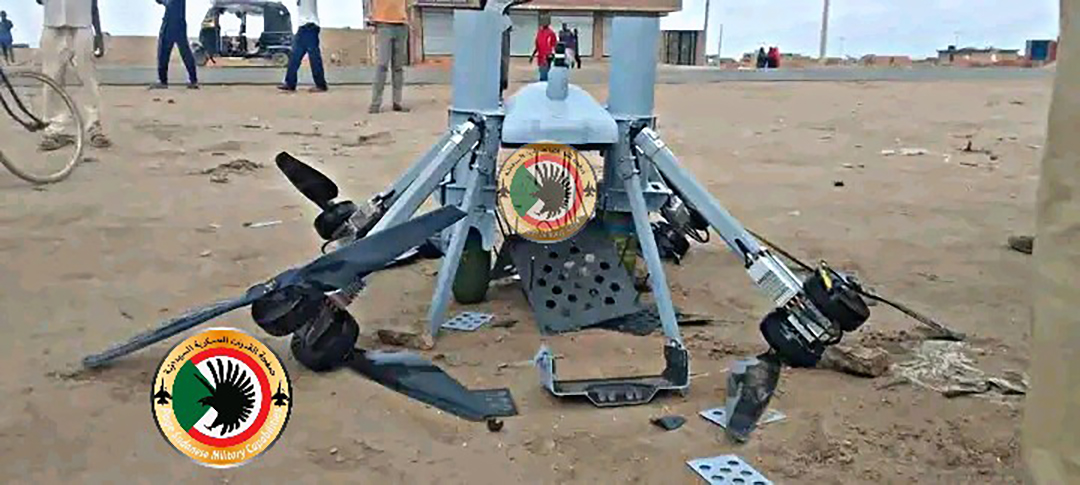Drones, Wagner Missiles Help RSF Match Sudanese Army’s Might
ADF STAFF
Portable surface-to-air missiles from Russia’s mercenary Wagner Group and weaponized drones are helping Sudan’s Rapid Support Forces (RSF) level the field in its conflict against the Sudanese Armed Forces (SAF).
At the outset of the conflict, both sides were closely matched in personnel. But the SAF, armed with planes and heavy weaponry, was substantially better armed than the lightly equipped RSF. That has changed over the past four months as portable missile systems have poured in from Wagner bases in the Central African Republic and Libya. The source of the drones is less clear.
Like other militias in Africa, the RSF has turned to drones to offset its opponent’s air advantage. Drones have become a kind of poor man’s air force, providing reconnaissance and, on several occasions, air-based assaults.
RSF fighters used the missiles, known as man-portable air defense systems, to shoot down one SAF MiG-29 fighter jet in May. They have used armed drones repeatedly to attack military and civilian facilities, including a hospital in Omdurman, Sudan’s largest city. An attack on that hospital in early July killed five people and injured 22.
Two weeks later, the SAF reported that RSF fighters used drones to attack civilians who had gathered to support the army in the al-Azuzab and Wad Ajeeb communities, south of Khartoum. Fourteen people died in that attack.
In June, the army reported that it had shot down an RSF drone during an attack on the General Command headquarters. That drone carried 120-millimeter TB thermobaric air drop shells, which use oxygen from the surrounding air to generate a high-temperature explosion. Each shell weighs about 12 kilograms and has a kill radius of 20 meters.
The same type of vertical takeoff and landing drone has been seen in conflicts across the Middle East and Africa in recent years.
The SAF reported shooting down another drone during an attack on the Central Reserve Forces camp. Later, the army released images of another downed drone along with a video showing more captured thermobaric munitions. Markings suggested that the explosives were made in Serbia and later sold to the United Arab Emirates (UAE).
Although the source of the RSF’s surface-to-air weapons has been identified, the source of its drones remains unclear. The RSF has reported acquiring some of the drones from Sudan’s own weapons stockpile, either by capturing them directly in the field or by raiding military bases at the start of the conflict. Analysts believe the RSF also might have acquired other drones from the military’s Yarmouk Military Industries Factory, which the RSF claimed to have captured in early June.
A third possible source of drones, based on the use of the TB thermobaric explosives, is the UAE, which has allied itself with the RSF.
Sudanese security analyst Mohammed Torshin told The New Arab that the RSF’s use of drones suggests that the crisis in Sudan could grow worse, particularly if the RSF abandons its current rudimentary drone system for more advanced Turkish- or Iranian-made drones.
That would alter the balance of power in the conflict, Torshin said, adding that it would make “Sudan more like Somalia, turning it into a gateway to criminal networks and terrorist groups, which will seriously threaten the security and stability of the region.”


Comments are closed.